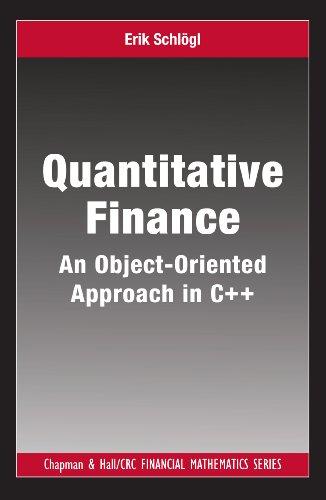Question
9. Optional Bonus Problem: Pricing Callability. Many bonds come with early repayment 100options for the issuer (callables) or the investor (putables). Consider a callable bond
9. Optional Bonus Problem: Pricing Callability. Many bonds come with early repayment 100options for the issuer (callables) or the investor (putables). Consider a callable bond with two years to maturity remaining, a 15% annual coupon, and a call schedule indicating call prices (strikes) of K0 = 107.00 and K1 = 106.00 in years t = 0, 1. If the issuer decides
to call the bond she has to pay the call price and the coupon on the date the bond is called. Suppose that the evolution of the 1Y spot rate (in %) and the ex-coupon price1 of a 2Y non-callable bond with a 15% annual coupon is described by the lattice below with no further information on the lattices type available. Using a standard synthetic replication argument price the callable on an ex-coupon basis. Note that you cannot price the callable directly from the lattice because you do not know what the risk-neutral probabilities are (a safe bet would be the usual q = 1 q = 1,though).
2
t=0 t=1 t=2ruu = 13.01
r0 = 9.00 P (0,2) = 109.90
ru = 11.00 Pu (1, 2) = 103.017
rd = 7.00 Pd (1, 2) = 107.23
P (2,2) = 100
rud = 9.00P (2,2) = 100
rdd = 4.99P (2,2) = 100
(a) First, set up the ex-coupon bond price lattice. (b) On the basis of the preceding ex-coupon price lattice, adjust prices at nodes where the
1Ex-coupon is the price the buyer (original issuer) pays for the bond buying it back; obviously, the seller (investor) will receive the ex-coupon price plus the accrued coupon.
8
bond would have been called in: t=0 t=1 t=2
Payoff:Action :
P (0, 2) = 107.00
Payoff:
Action:
Pu (1, 2) = 103.017
Payoff:
Action:
Pd (1, 2) = 106.00
100.00
100.00
100.00
(c) In order to value the bond, assume that there is an equivalent noncallable one (NC) and a 1Y zero whose valuations follow from the spot-rate lattice. Use a cash-flow replication argument similar to the one underlying callables arbitrage to value the call option.
(d) Less than 30% of bonds are callable these days. Why or why not does it make sense for a company to issue a callable bond? Explain.
Step by Step Solution
There are 3 Steps involved in it
Step: 1

Get Instant Access to Expert-Tailored Solutions
See step-by-step solutions with expert insights and AI powered tools for academic success
Step: 2

Step: 3

Ace Your Homework with AI
Get the answers you need in no time with our AI-driven, step-by-step assistance
Get Started


